This recent Deep Freeze that we went through got our staff thinking about the worst winters ever. Size these winter events up against the last two weeks, and get some historical perspective.
Volcanic activity leads to climate abnormalities in 1816, lowering the planet’s temperature by a degree.
Frosts in June, July and even August 23rd killed New England food crops. Famine followed. Massachusetts had snow on June 8th. Massachusetts was not getting western grain at this point, and the death of her corn crops led to spikes in food prices.
The effects were felt world-wide, and didn’t go away until several years later.
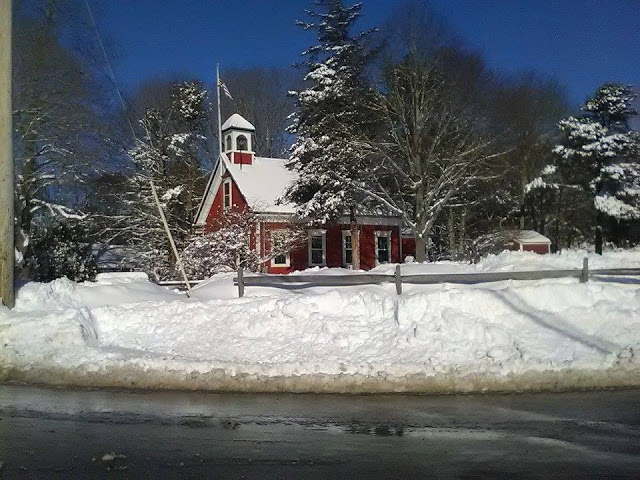
This one followed the unspeakably tragic Schoolhouse Blizzard in Nebraska, although it was not the same storm. This storm was known as the Great White Hurricane. It set up over Cape Cod and beat the Northeast for 2 days.
It dumped 50 inches of snow on parts of Massachusetts and New York. Hurricane force winds mauled the coast. They had just recently figured out telegraphs at this time, and this was the storm that made them realize that telegraph wires suffer heavily in ice storms.
If your city has their telephone and power wires underground, this is the storm that made them do it. Boston was isolated once her telegraph lines fell, and the drifting snow made it impossible to move goods (especially food and fuel) into the city. New York and Boston were cut off from the rest of the world for some time after the storm.
Laborers had to work to eat, and many died trying to get to the job. This, and the isolation after the storm, is why Boston started working on the nation’s first subway system.
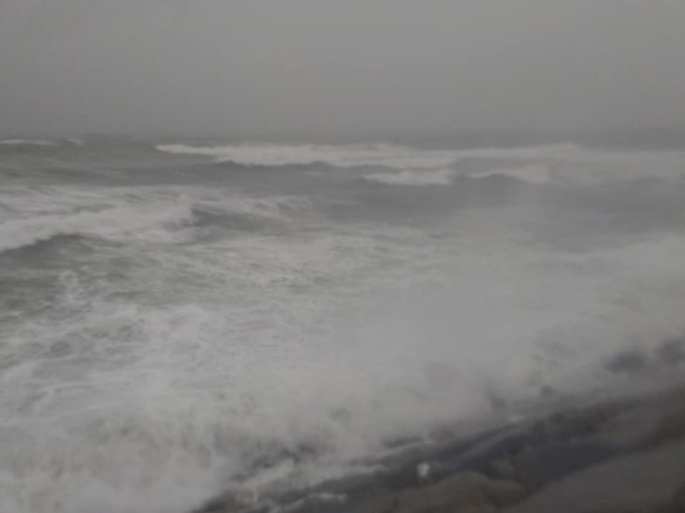
This is the benchmark storm for anyone over 45 or so. Any large storm since has been compared to it. Storms that dumped more snow in recent times are still considered to be less fearsome than the Blizzard.
This was the perfect storm, and not just in a weather sense. Forecasting figured into the chaos. They actually called the storm properly, but people tended to not believe them. They had a rep for both blowing forecasts and fearmongering, so some sympathy can be extended in this instance. As it stands, almost everyone went about their daily business, and did nothing to prepare. This is where the bread and milk panics as storms approach were born.
Boston had also had 35″ of snow in January (including a 20″ storm a few weeks before the blizzard), and it was all still on the ground when this nightmare hit us in early February. This already-fallen snow would either blow around and drift, or stay on the ground as a shovel-impossible bottom layer of ice.
Snow fell for 2 days, and ended as an ice storm. Boston picked up 27 inches of snow. Highways were full of abandoned cars, and people were trapped in their homes for weeks. The coast was smashed by a full moon storm tide, and the damaged matched or surpassed that done in previous hurricanes.
I lived on Duxbury Beach for this storm. We never saw a flake of snow, but waves were tearing houses in half. We were evacuated on a fire truck, and lived at either the Governor Winslow School or the Kingston Howard Johnson’s for the next few months. Winds passed 85 mph before my wind gauge thingy was torn down.
This storm ended the weather complacency (“Hurricanes are the South’s problem, and blizzards are the midwest’s concern.”) that many New Englanders felt. This monster, plus the additional media focus on weather and weather forecasting technology, meant that future storms wouldn’t sneak up on us any more.
If you say nothing more than “the Blizzard” to someone over 50 from Massachusetts, they assume that you are talking about ’78.
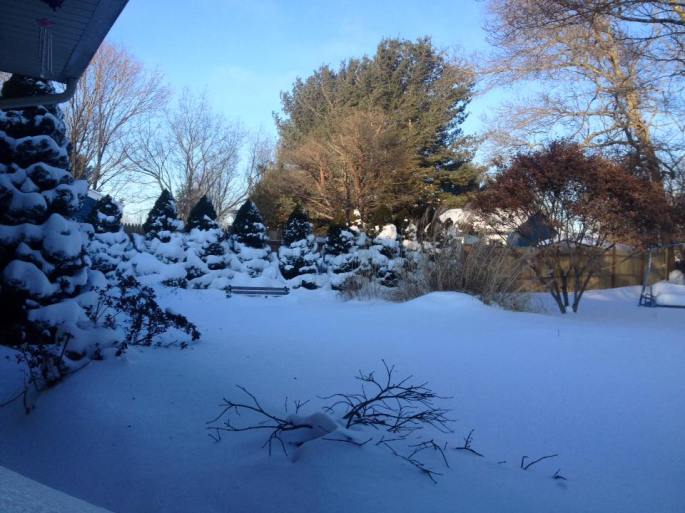
April is usually when you start preparing for summer, but that all went up the chimney when this beast laid into us.
Very much like the Blizzard, it dropped tons of snow and gashed the coast with heavy surf. It actually put down more snow (25.something inches) in one day than the Blizzard of ’78 did, although ’78 rallied to take the overall title on Day 2.
Prior to this storm, the snowiest MONTH of April in history could only ring up 13.3″ of snow. This storm beat that in 6 hours.
I was still in Duxbury for that one. I had the only fireplace in a neighborhood of cottages, and I had 10 neighbors sleeping on the floor in front of it once the power was knocked out.
I also had an Australian nanny in the neighborhood, and she was from the part of Australia that has Florida’s climate. She had seen snow before, but nothing like this. She kept calling my house- terrified, but perfectly calm and might I say very English- and asking “When does the Army come for us?” and “How and where does all of this snow go away to? Does the Army move it?”
April storms are rare, but they are hardcore when they do hit. Coastal New Englanders do no yard repair at all until mid-to-late April.
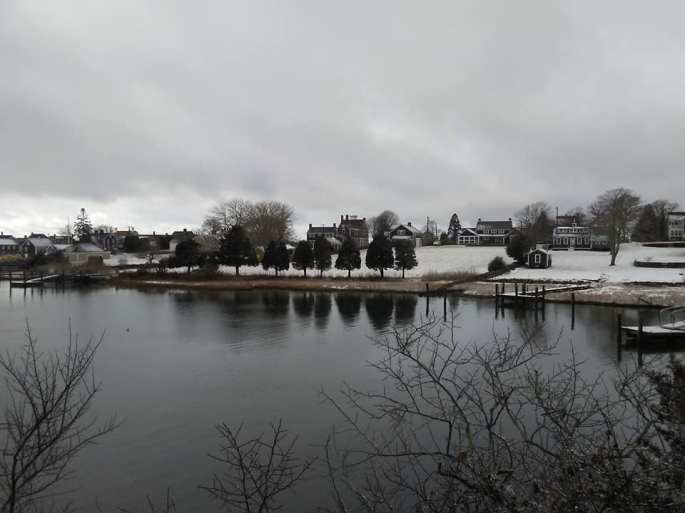
* The Blizzard(s) of 2003
There are actually two of these, a December storm and one that hit on President’s Day. Both dropped 30-40″ of snow on Massachusetts.
The PDII storm owns Boston’s single day and full-storm total of 27.5 inches of powder.
Everyone had The Weather Channel by this point, so the people who got snuck up on by this deserved it.
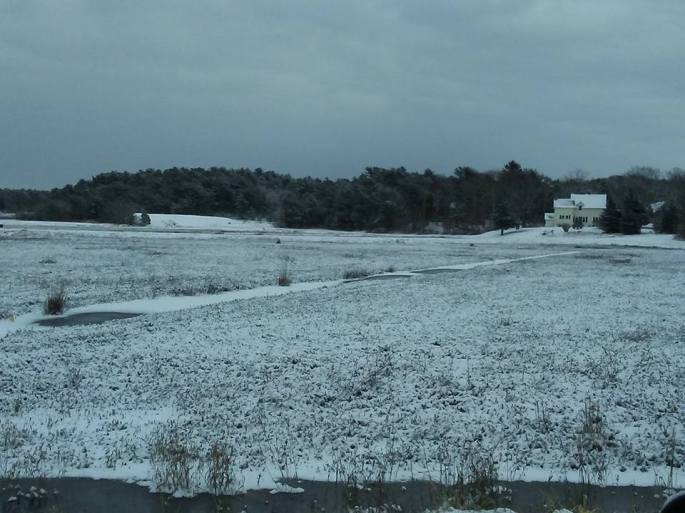
As far as Cranberry County goes, you can choose between this one and the Blizzard of ’78. The ’78 storm did worse damage and fell on a deeper snowpack, but this storm generally owns the local snowstorm total records.
Sagamore Beach got 40″ of snow, while a Bridgewater-Plympton stretch of tiny Route 106 got between 30-38″. Most of Cranberry County, from Duxbury to Cape Cod to New Betty to Brockton got between 2 and 3 feet of snow.
I was teaching in the area for this storm, and I got 2 weeks off from it. Highlights include driving a Jeep through the whiteout to pick up some smoking supplies, falling off my roof and landing unharmed on my back in a snow drift, and having my border collie dig our way out of the side door through a snow drift.
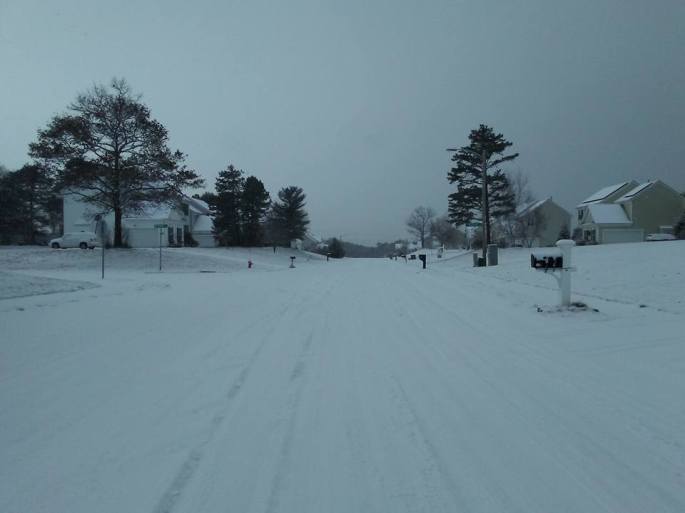
This was a recent monster. It was like a B+ version of the Blizzard of ’78.
This was notable for a few things. It dumped 24.9 inches of snow on Boston, and more on surrounding areas. It was the 5th highest storm total for Boston, and Portland, Maine set a town record with 31.9″
Fearing a sea of abandoned cars of the highways, Governor Deval Patrick declared a state of emergency to send everyone home, and then implemented a driving ban. It was the first time we have had a ban since the ’78 storm.
This was also a storm, along with Hurricane Irene, which showed us that NSTAR needed to step up their game. This storm ravaged much of the eastern USA, and NSTAR crews were spread thin. It took a long time to get the power back on, and this- unlike Irene- was during a period where low temperatures were in the teens during the blackout.
I got home from work one day during the blackout to find an empty house. Soon, my girlfriend called. “I have the kid and the cat, and we’re driving South until we find a hotel with electricity.” A state trooper turned her around in Connecticut. “He told me maybe New Jersey if I was lucky, but he then told me that I wasn’t lucky and made me go home.”
You lived it, babe.
108″ of snow.
A blizzard every Monday for 2 months, it seemed.
A few inches of snow every three days at worst.
If you were alive for it, you can say that you saw our worst winter. If you’re 7 years old and Grampa starts telling you about winters of old, you can shush him up and say that you already know how bad it gets around these parts.



The main reason I left Mass was because of the Blizzard of '78. Moved out to AZ and haven't even owned a snow shovel or windshield scraper since.
ReplyDelete